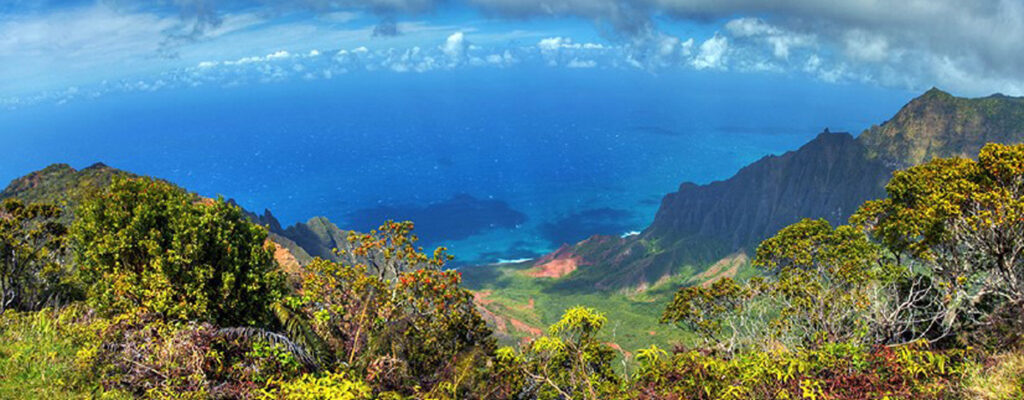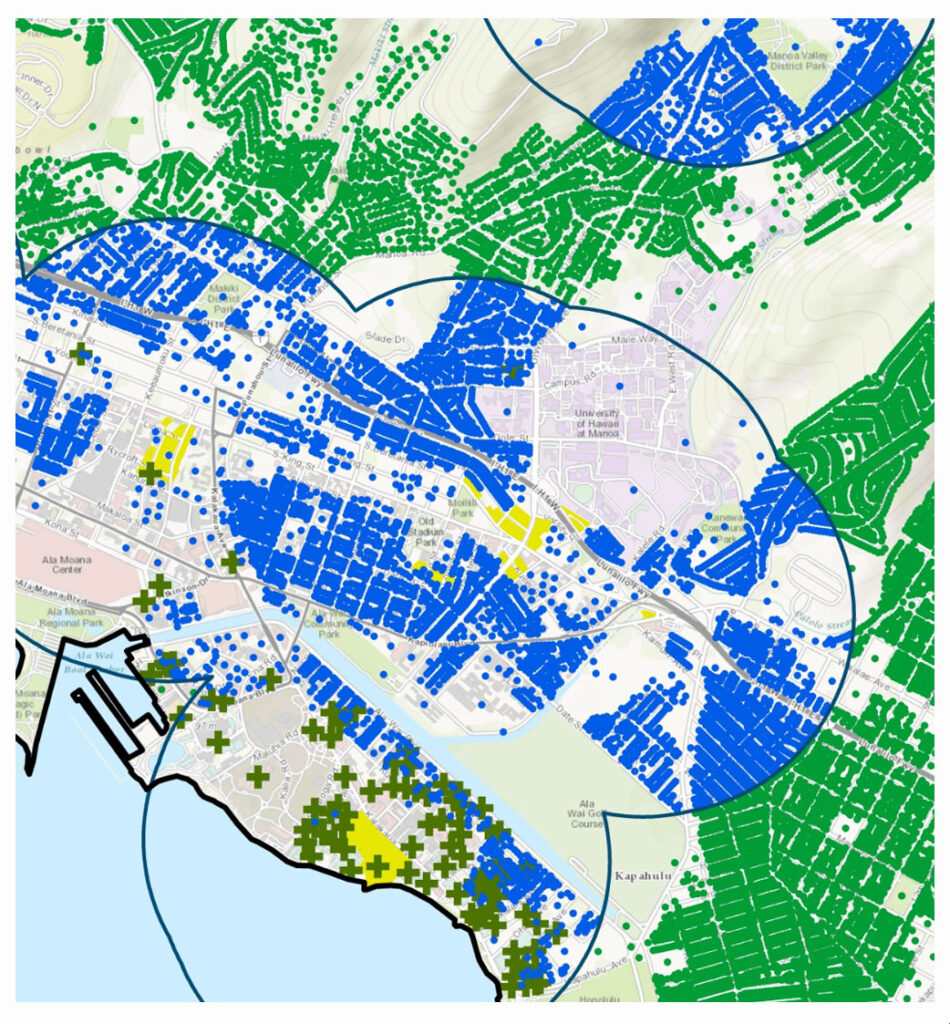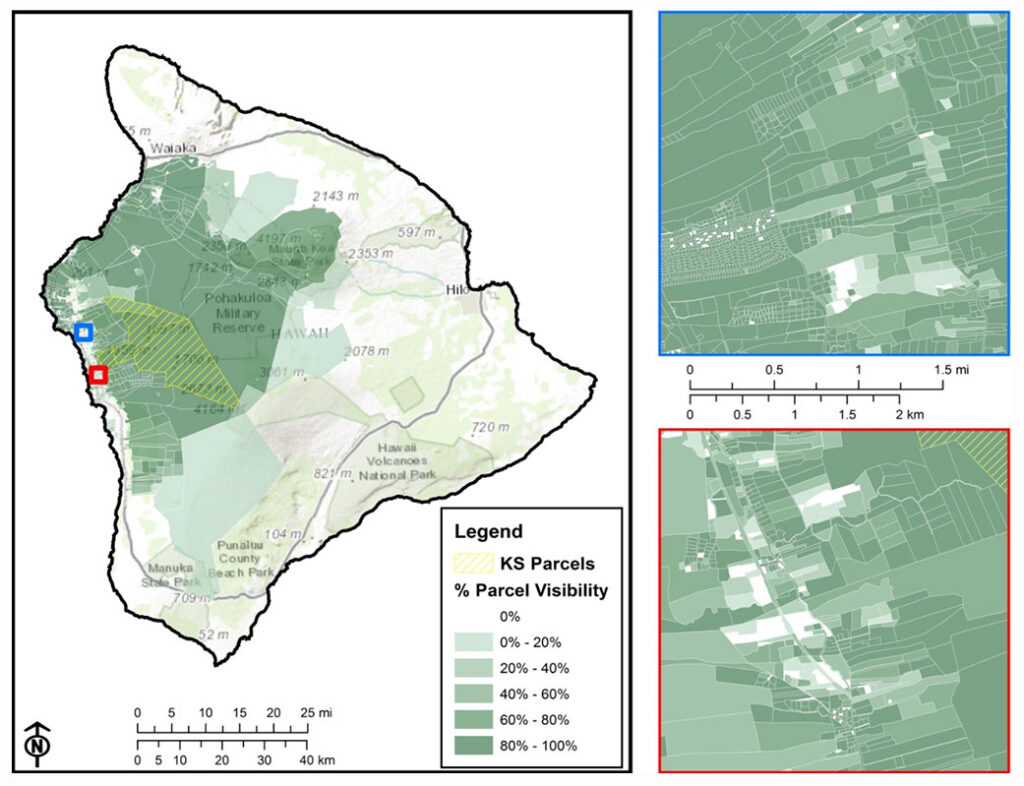Close
Close
Case Study


Spatial Informatics Group conducted a series of interviews with Kamehameha Schools land managers as well as stakeholder workshops in Honolulu and Hilo. The objective was to highlight crucial ecosystem services relevant to Kamehameha Schools lands, identify threats to these services, and identify effective management strategies to ensure priority services’ sustainability.
Based on this input, SIG developed a custom ecosystem service categorization scheme for Kamehameha Schools. The classification comprised 17 services in four categories: Provisioning Services (eg food and water), Regulating Services (eg carbon storage), Habitat/Supporting Services (eg genetic diversity), and Cultural Services (eg tourism).
SIG also conducted several case studies in which it used GIS to analyze how certain ecosystem services benefit spatially-connected beneficiaries. For instance, we identified the number and value of structures in an Oahu neighborhood predicted to benefit from reduced flood risk due to intact and healthy Kamehameha ecosystems upstream. We also identified the number of hotel rooms on the Kona coast that benefit from scenic views of natural landscapes preserved by Kamehameha’s Schools.


The analysis led SIG to a set of specific recommendations for Kamehameha Schools lands, including detailed strategic approaches to collecting data and tracking ecosystem indicators within a Triple Bottom Line framework.
SIG also provided a detailed analysis of relevant ecosystem services market opportunities. We considered potential carbon stocks and the resources required for developing a carbon offset project. SIG also looked at the potential for developing revenues for hydrologic services, such as groundwater recharge.